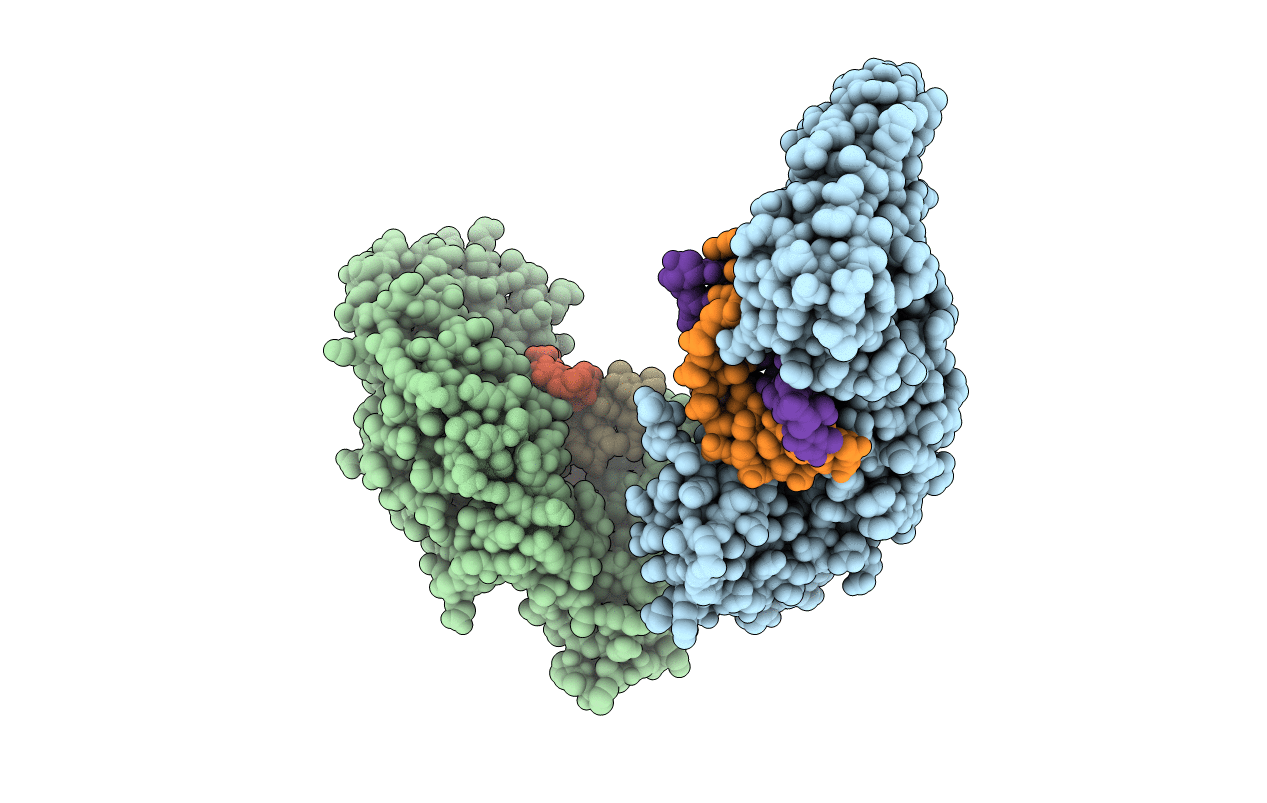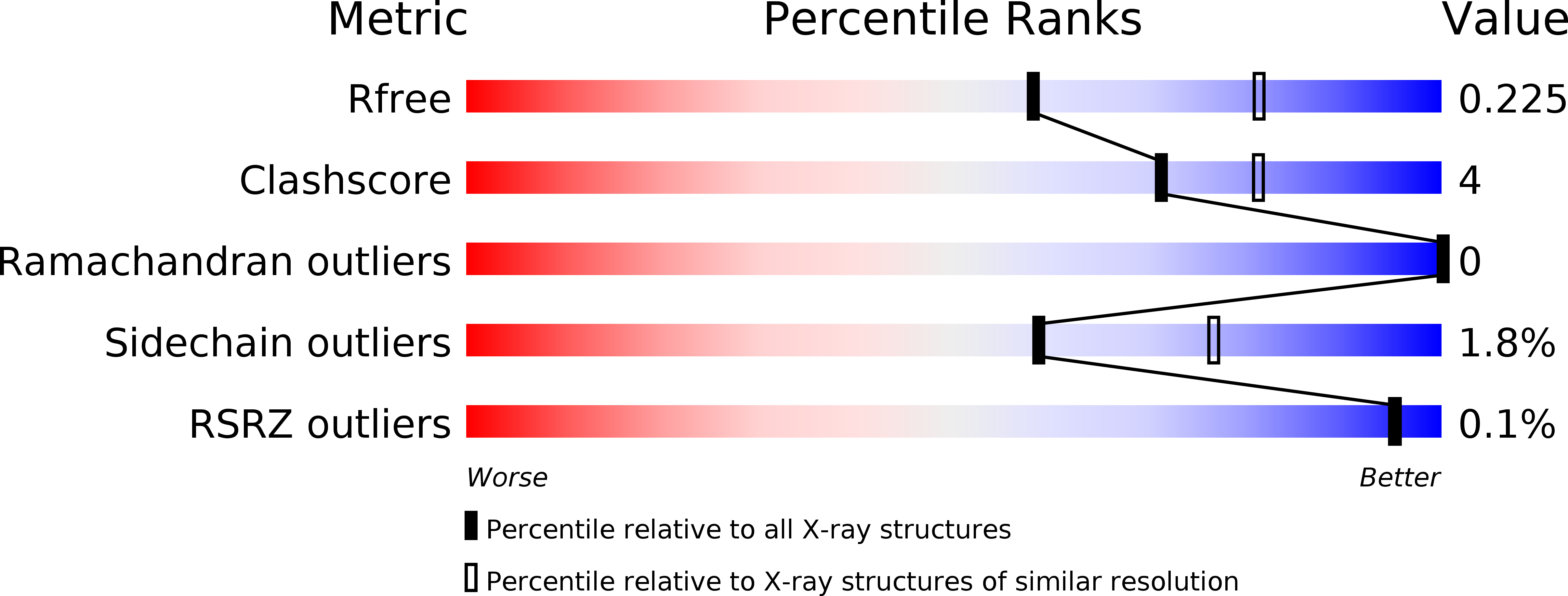
Deposition Date
2017-04-13
Release Date
2017-10-25
Last Version Date
2024-11-20
Entry Detail
PDB ID:
5VI0
Keywords:
Title:
Pseudomonas fluorescens alkylpurine DNA glycosylase AlkC bound to DNA containing an abasic site analog
Biological Source:
Source Organism:
Pseudomonas fluorescens (Taxon ID: 294)
synthetic construct (Taxon ID: 32630)
synthetic construct (Taxon ID: 32630)
Host Organism:
Method Details:
Experimental Method:
Resolution:
2.40 Å
R-Value Free:
0.22
R-Value Work:
0.16
R-Value Observed:
0.17
Space Group:
P 21 21 21


